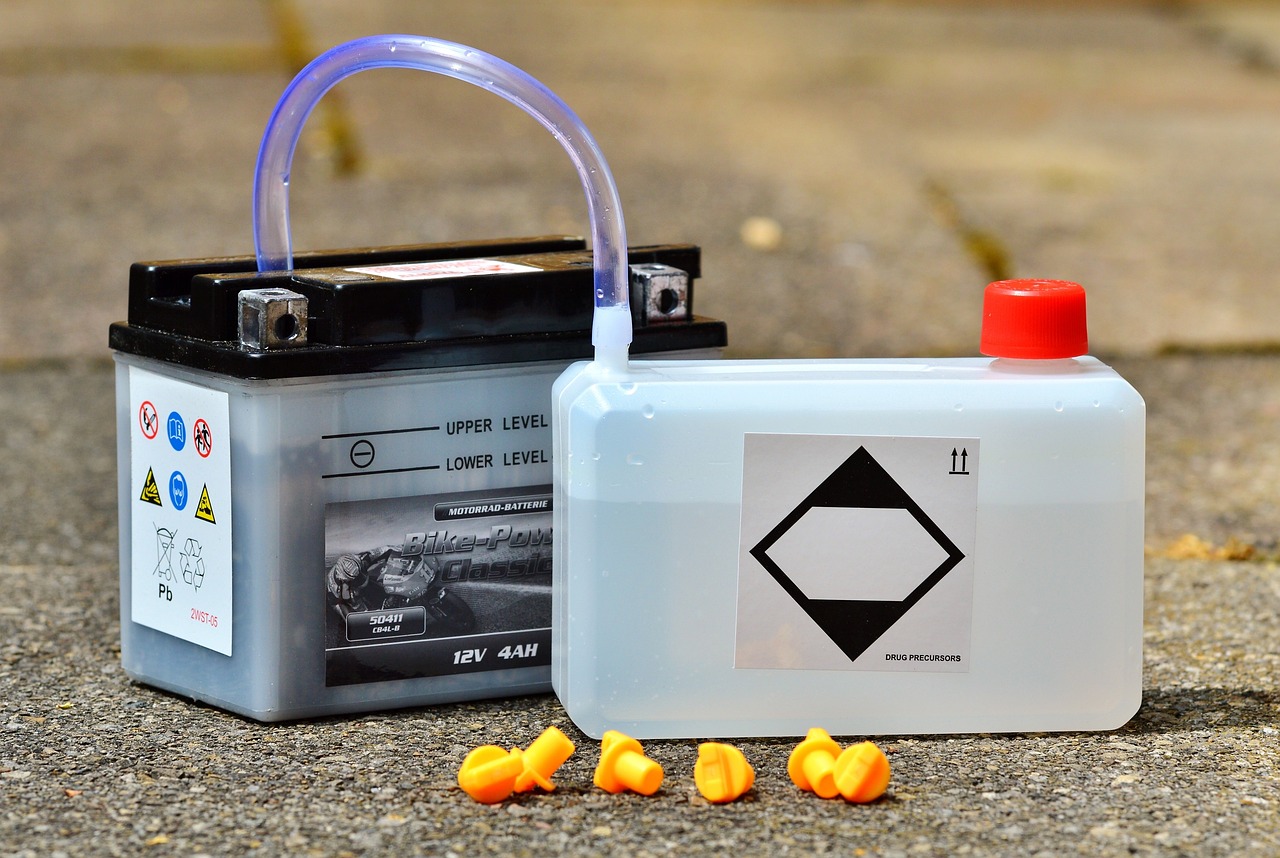Introduction to C Batteries
C batteries, also known as C cells, are a popular type of dry cell battery widely used in various electronic devices. Their size, performance, and availability make them a favored choice for consumers. c battery
What are C Batteries?
C batteries are cylindrical batteries that are typically 50mm (1.97 inches) in length and 26.2mm (1.03 inches) in diameter. They are part of the standard battery sizes defined by the International Electrotechnical Commission (IEC). The C battery falls between the AA and D battery sizes, providing a moderate amount of power that is ideal for many applications.
Types of C Batteries
C batteries come in various chemistries, each with its own characteristics:
Alkaline C Batteries: These are the most common type of c battery, known for their long shelf life and ability to deliver a consistent voltage. They are widely used in everyday devices.
Nickel-Metal Hydride (NiMH) C Batteries: Rechargeable NiMH C batteries are becoming increasingly popular. They can be recharged multiple times and have a lower environmental impact compared to disposable batteries.
Lithium C Batteries: Offering a high energy density, lithium C batteries are ideal for high-drain devices. They have a longer shelf life and can perform well in extreme temperatures.
Zinc-Carbon C Batteries: These are cheaper and less efficient than alkaline batteries. They are often used in low-drain devices, like remote controls and flashlights.
Applications of C Batteries
C batteries are versatile and used in various applications, including:
- Toys: Many battery-operated toys utilize C batteries due to their longevity and power.
- Flashlights: C batteries provide the necessary power for bright and long-lasting light in flashlights.
- Portable Radios: Many portable radios use C batteries for reliable power during outdoor activities or emergencies.
- Musical Instruments: Instruments like electric guitars and keyboards often require C batteries for portability.
- Remote Controls: Certain remote controls, especially for larger devices, use C batteries for extended use.
Advantages of C Batteries
C batteries offer several benefits that make them a preferred choice for consumers:
- Longevity: c battery, particularly alkaline types, have a long shelf life and can provide consistent power over extended periods.
- Availability: C batteries are widely available in stores and online, making them easy to purchase when needed.
- Variety: With multiple types available, consumers can choose a battery that best fits their needs, whether it’s for a single use or rechargeable options for sustainability.
- High Capacity: C batteries offer a significant amount of energy compared to smaller batteries, making them suitable for power-hungry devices.
Disadvantages of C Batteries
Despite their advantages, C batteries also have some drawbacks:
- Weight: C batteries are heavier than AA batteries, which may be a concern for portable devices.
- Cost: While affordable, rechargeable options can be more expensive upfront than disposable alternatives.
- Environmental Impact: Disposable batteries can contribute to environmental waste if not recycled properly. Choosing rechargeable options can mitigate this issue.
Choosing the Right C Battery
When selecting C batteries for your devices, consider the following factors:
Device Requirements: Check the manufacturer’s recommendations for battery types and sizes. High-drain devices may benefit from lithium or rechargeable NiMH batteries.
Usage Frequency: If you use a device frequently, rechargeable batteries may be more economical in the long run.
Environmental Considerations: Opt for rechargeable options to reduce waste and environmental impact.
Brand and Quality: Choose reputable brands to ensure quality and performance. Lesser-known brands may not provide the same reliability.
C Battery Maintenance and Disposal
Proper maintenance and disposal of C batteries are crucial for safety and environmental responsibility.
Storage: Store C batteries in a cool, dry place. Avoid exposing them to extreme temperatures, as this can affect their performance.
Checking Expiration Dates: Always check the expiration date on the packaging. Using expired batteries can lead to leakage and reduced performance.
Disposal: Dispose of batteries responsibly. Many communities have recycling programs for batteries. Avoid throwing them in regular trash, as they can leak harmful substances.
Recharging: For rechargeable C batteries, follow the manufacturer’s guidelines for charging to ensure longevity and safety.
Innovations in C Battery Technology
The battery industry is constantly evolving, with new technologies emerging to improve performance and reduce environmental impact. Recent advancements include:
- Increased Energy Density: New chemistries are being developed to increase the energy density of C batteries, allowing for longer-lasting power in smaller packages.
- Faster Charging Times: Innovations in battery technology are leading to faster charging times for rechargeable batteries, making them more convenient for consumers.
- Eco-friendly Options: Manufacturers are exploring sustainable materials and processes to reduce the environmental impact of battery production and disposal.
Conclusion
C batteries are a versatile and essential power source used in various applications. Understanding their types, advantages, and proper maintenance can help you make informed decisions for your battery needs. With advancements in technology, C batteries continue to evolve, offering consumers reliable and efficient power solutions. Whether for toys, flashlights, or portable devices, C batteries remain a practical choice in our everyday lives.
